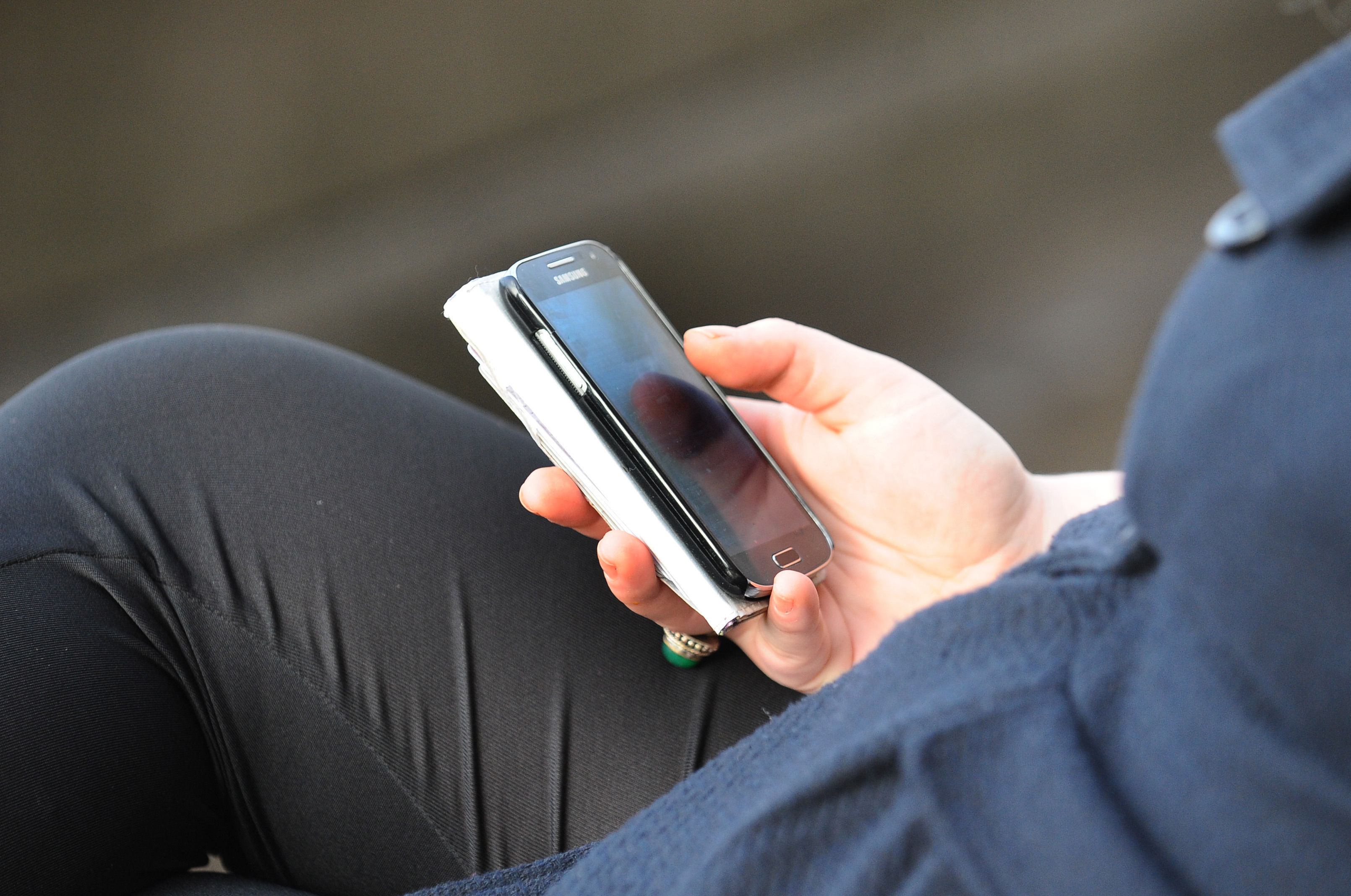
A child abuse prevention helpline has seen demand rise by nearly half in the past three months.
Stop It Now! was contacted by more than 2,760 people in the UK between June and August, a rise of 47 per cent on the previous three months during the height of lockdown.
During the summer months, demand was so high that the charity missed 6,950 calls and more than 660 people could not get through.
The national helpline, set up to prevent child abuse, is now aiming to double the number of advisors available to answer messages and calls.
From June to August 530 adults concerned about another adult’s behaviour made contact, a rise of 51 per cent compared to the previous three months, while the number of calls and messages from parents and carers doubled.
Helpline director Donald Findlater said: “Covid-19 is causing huge changes to all our lives, and increasing the risk of harm to some children.
“We’re getting more and more calls from parents and grandparents concerned about the sexual behaviour of their children or about the risk to them, online and offline.
“These are difficult issues to deal with, but families have a key role to play in protecting their children from harm, and in noticing concerning behaviours so they can respond quickly and wisely.”
A number of campaigners and charities raised concerns about the rise of child abuse amind Covid-19 restrictions, particularly with children spending more time unsupervised online.
The NSPCC said it saw reports of physical abuse rise by 53 per cent during lockdown.

Enjoy the convenience of having The Sunday Post delivered as a digital ePaper straight to your smartphone, tablet or computer.
Subscribe for only £5.49 a month and enjoy all the benefits of the printed paper as a digital replica.
Subscribe